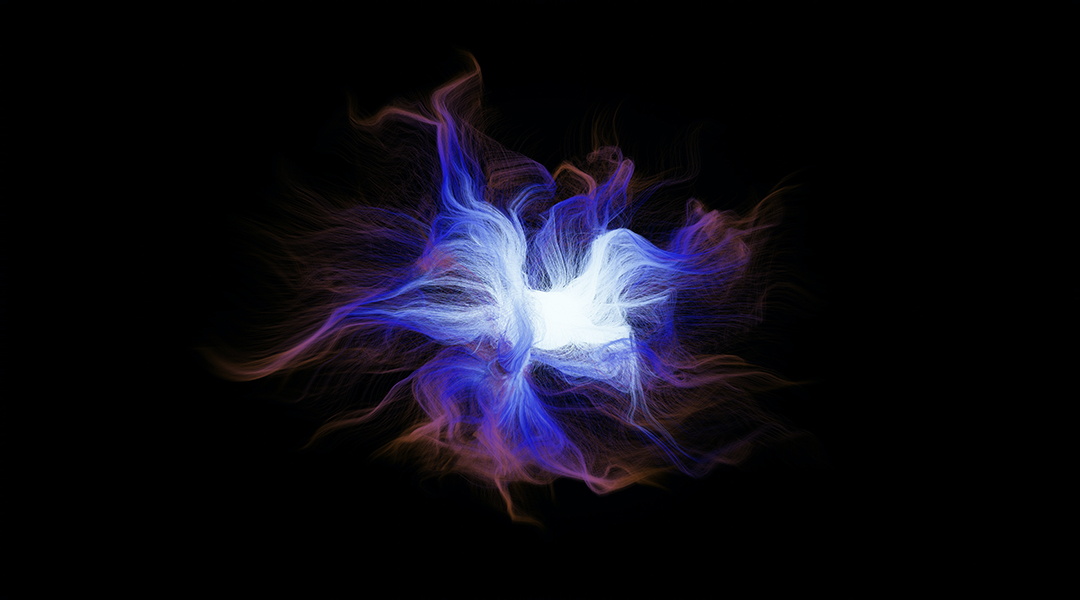Protons — building blocks of ordinary matter — are composite objects made up of quarks bound together by a strong force mediated by gluons. These elementary particles and their interactions are accurately described by a theory called quantum chromodynamics, the modern understanding of which allows scientists to carry out calculations if the relative velocities of the interacting particles are large enough.
However, in most interactions between protons and other strongly interacting particles known as hadrons, their motion is relatively “slow”, so other theoretical approaches have to be used. An even more urgent need for them arises if one is interested in the details of how quarks and gluons are distributed inside hadrons.
The most developed of these approaches is chiral perturbation theory, which makes it possible to quantitatively describe the results of the interaction of hadrons and calculate properties such as mass, electric charge, and an internal angular momentum called spin.
However, there is a problem: despite the fact that this theory is inspired by quantum chromodynamics, it is not rigorously derived from the latter so its predictions require independent, empirical verification.
Putting theory into practice
To test some of them, a team of physicists from collaborating US institutions as well as colleagues from other countries performed experimental studies on the structure of the proton at the Thomas Jefferson National Accelerator Facility. The results of the studies were recently published in the journal Nature Physics.
The first parameter of the proton that the researchers measured was spin polarizability, which describes a spin-dependent response of the proton to an electromagnetic field and has never been measured previously. The second parameter was color polarizability, which contains information on how a proton’s spin affects the peculiarities of the strong interactions of the particle and has never been measured under the current experimental conditions.
To measure these quantities, a standard method for elementary particle physics was used where the particles collide and information about their properties is extracted from the observed scattering data. The protons under study were in a solid ammonia (NH3) target placed in a strong magnetic field and their structure was probed with an incident electron beam, which scattered off the target.
The polarizabilities measured in this way were then compared with the predictions made using chiral perturbation theory.
How did chiral perturbation theory stack up?
As it is not as fundamental as quantum chromodynamics, this theory is actually a set of models whose parameters differ depending on the assumptions about the subtle properties of the strong interaction. At present, there are two main models of this kind that predict different values for the proton polarizabilities.
The scientists’ measurements allowed to determine which of the two models best describes the structure of strongly interacting particles, and indeed, the predictions of one of them matched the experimental data very well.
Despite the importance of their results, the scientists note that they still have a lot of work to do. The quantities they studied were measured at three fixed collision energies, but chiral perturbation theory predicts these values for a fairly wide energy range, at which it would be interesting to compare them with experimental data.
Despite the complexity of running such experiments and the time it takes to analyze their results, the researchers say they are going to complete the studies in the future.
Reference: D. Ruth, et al., Proton spin structure and generalized polarizabilities in the strong quantum chromodynamics regime, Nature Physics (2022). DOI: 10.1038/s41567-022-01781-y
Feature image credit: Tareq Ajalyakin on Unslpash

















